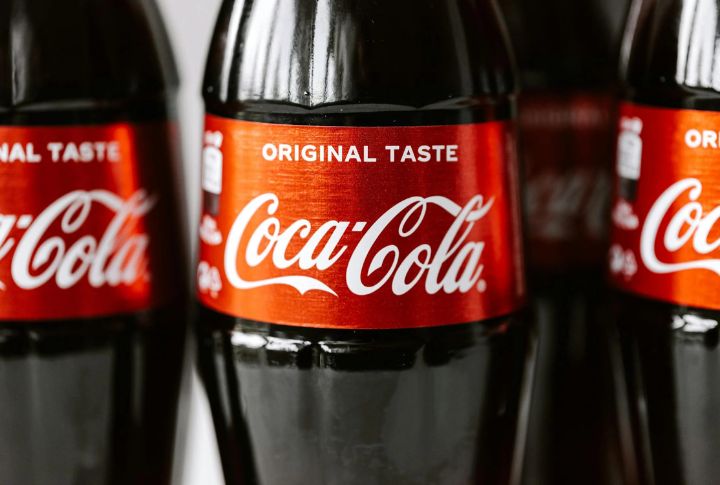
What if everything you thought you knew about Coca-Cola was only half the story? This fizzy favorite is a global phenomenon with a history full of surprises. Because of shocking origins and unexpected uses, these unbelievable facts will make you see Coca-Cola in a whole new light!
Once Had A Little Extra Kick
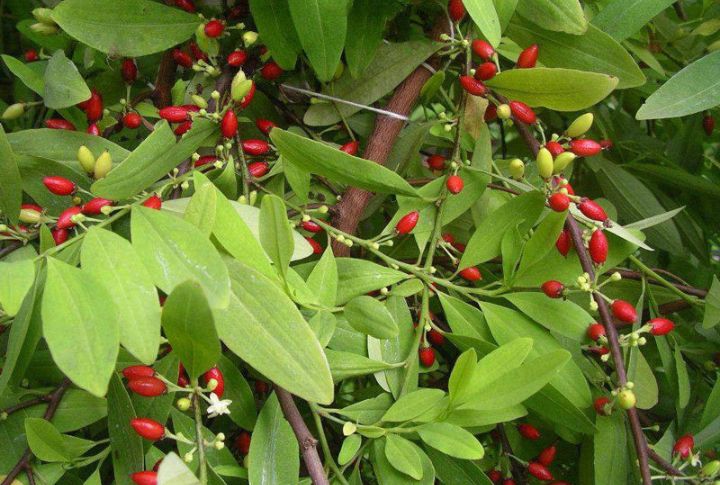
Believe it or not, the original Coca-Cola recipe included coca leaf extract to give the drink a little something extra. This wasn’t unusual in the late 1800s; plenty of tonics and medicines had similar additives. But by 1929, the company had removed it entirely.
The Secret Formula Is Locked Away
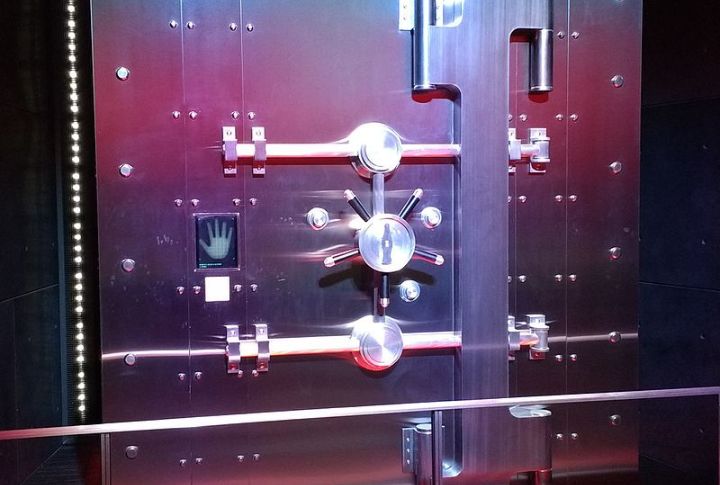
A drink this famous must have a secret worth protecting. Coca-Cola’s original formula is reportedly locked in a high-security vault at the World of Coca-Cola museum in Atlanta. Only a few executives supposedly know the full recipe, and they’re not allowed to travel together. The secrecy only adds to the mystique.
It Was Created By A Pharmacist
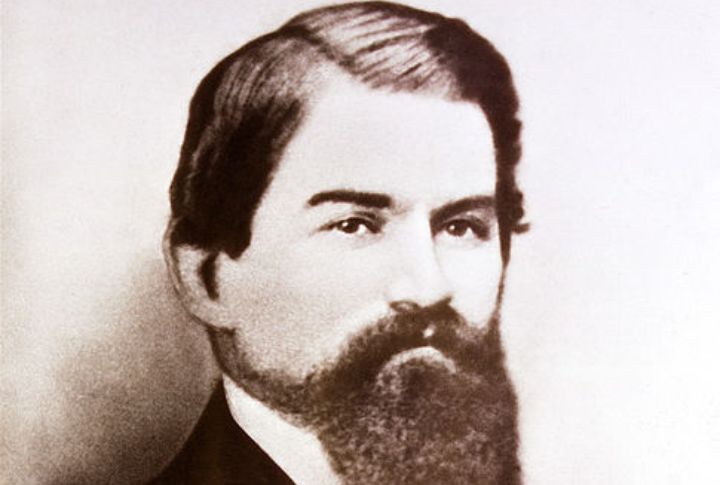
A refreshing soft drink wasn’t the original intention. In 1886, Dr. John Stith Pemberton, an Atlanta pharmacist, concocted Coca-Cola as a medicinal tonic. It was meant to cure headaches and boost energy. What started as a syrup mixed with carbonated water at a pharmacy counter soon became one of the biggest beverage empires in history.
Coca-Cola Helped Shape Santa’s Image

That jolly, red-suited Santa we know today? Coca-Cola had a hand in making him famous. In the 1930s, they commissioned artist Haddon Sundblom to bring up holiday advertisements featuring a warm, rosy-cheeked Santa Claus. Before that, depictions of Santa varied widely, but Coca-Cola’s version became the most enduring.
Coca-Cola’s Global Distribution Rivals Postal Services

Coca-Cola’s distribution network is a logistical achievement, rivaling national postal services. Its reach is so extensive that in some remote areas, Coca-Cola is more accessible than clean water or basic medicine. This success stems from a complex network of bottling plants, distributors, and vendors, ensuring global availability.
New Coke Was A Massive Failure
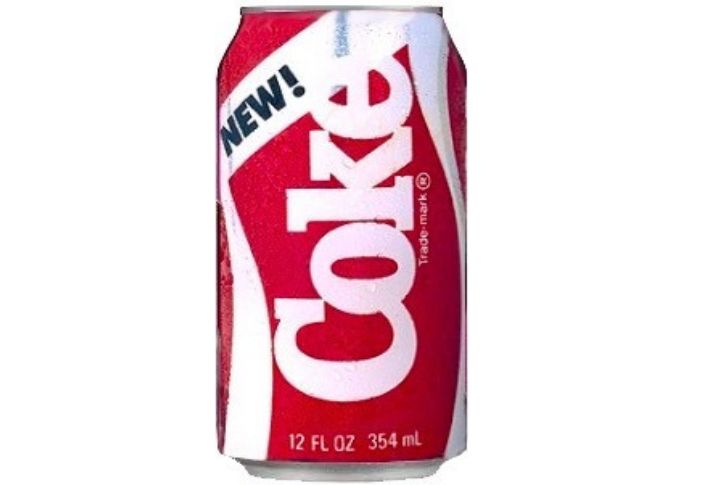
Changing an iconic product isn’t always a good idea. In 1985, Coca-Cola reformulated its recipe to launch the infamous “New Coke.” The backlash was immediate. Fans hated the change, and within months, the company was forced to return to the original formula as “Coca-Cola Classic.” It was one of the biggest marketing blunders ever.
Coca-Cola Invented The Six-Pack
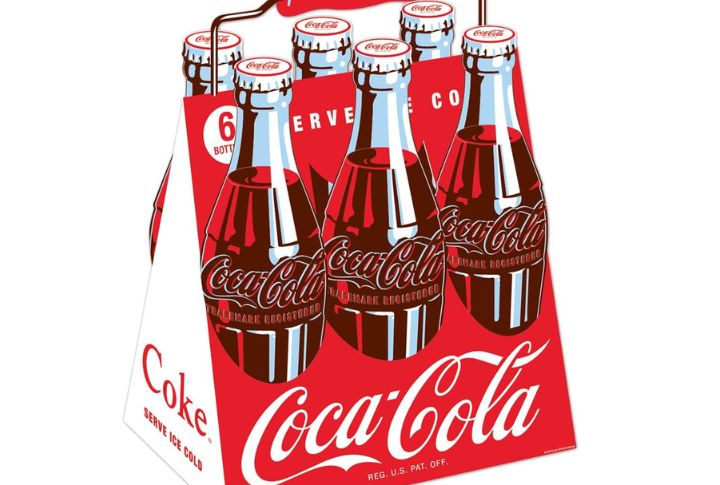
Who made grabbing a six-pack so convenient? That would be Coca-Cola. In the 1920s, the company introduced the first-ever six-pack carrier to make it easier for families to buy more bottles at once. It changed how people consumed soft drinks and set the standard for beverage packaging.
There Was A Clear Coca-Cola Version

Crystal Pepsi wasn’t the first clear soda experiment. In the 1940s, Coca-Cola created a transparent version called “White Coke,” specifically for Soviet Marshal Georgy Zhukov. He loved the taste but didn’t want to be seen drinking an American product. So, Coca-Cola disguised it in a clear bottle with a red star cap.
It Can Remove Rust And Stains
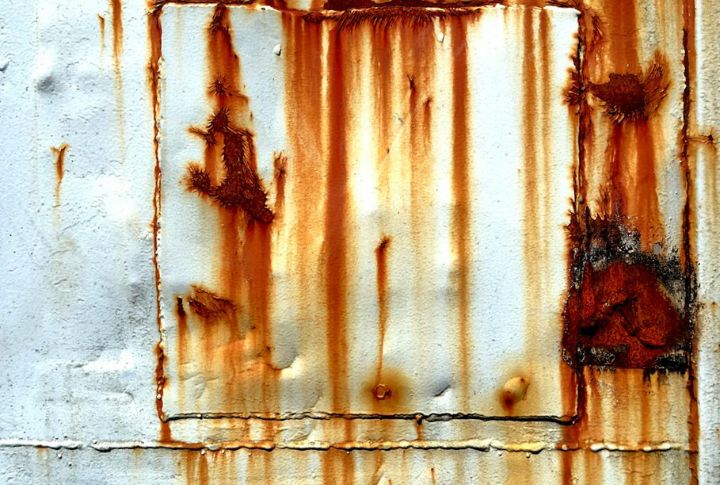
Need a quick fix for a rusty tool or a greasy stain? Grab a Coke. The drink’s acidity makes it surprisingly effective at dissolving rust and removing oil stains from driveways. While it’s safe to drink, this odd talent makes you wonder what it’s doing to your stomach lining.
Coca-Cola Reached Space With Astronauts
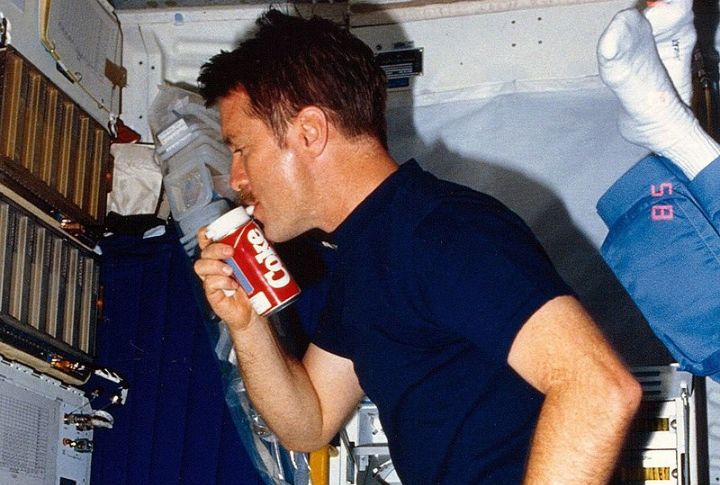
Coca-Cola had been to space. In 1985, astronauts tested a specially designed Coke can aboard the Space Shuttle Challenger. The challenge? Carbonation behaves differently in zero gravity, which makes it tricky to drink. Still, the company managed to send its fizzy beverage beyond Earth’s atmosphere.
One Country Banned It For Decades
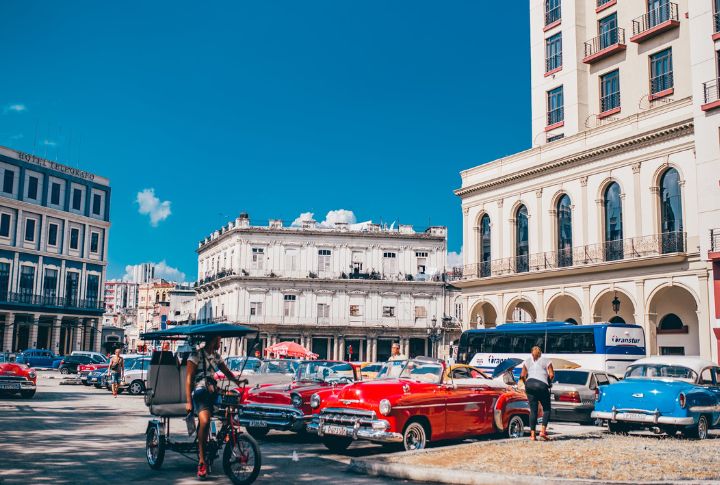
Not everyone welcomed Coca-Cola with open arms. In 1962, Cuba banned the drink after the revolution to align itself with Soviet allies instead. North Korea also has strict prohibitions, which make it one of the few places in the world where you won’t find a Coke bottle in a store.
“There’s A Special Recipe For McDonald’s”
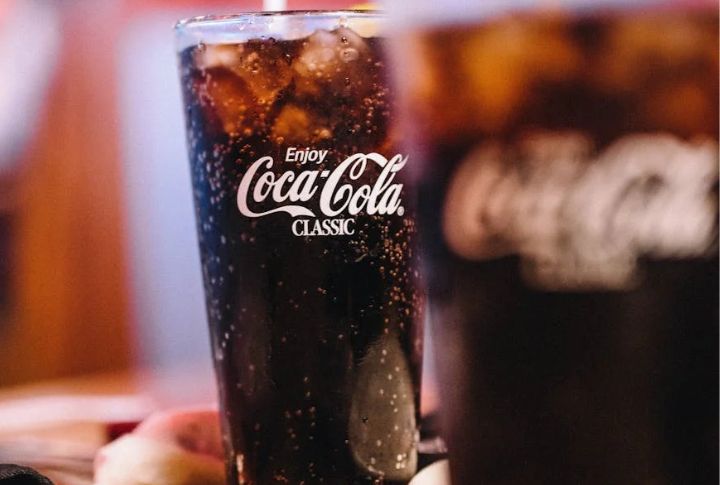
McDonald’s Coca-Cola might taste better, but it’s not because of a secret formula. The recipe is the same everywhere. What makes the difference is how McDonald’s handles it: syrup stored in stainless steel containers, tightly controlled water filtration, and a precise syrup-to-carbonation ratio. It’s all about freshness and consistency, not a different recipe.
It Was The First Soft Drink At The Olympics
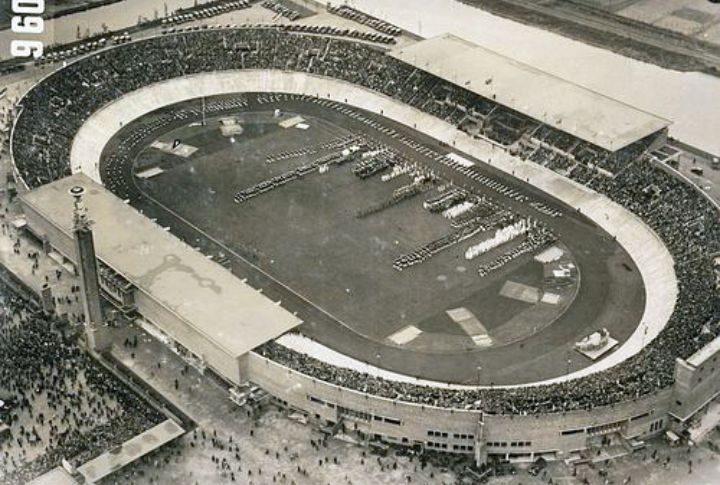
Coca-Cola and sports go way back. In 1928, the brand became the first soft drink to sponsor the Olympics, starting with the Amsterdam Games. Since then, it has remained one of the longest-running Olympic partners to fuel athletes and spectators with its unmistakable fizz.
Coca-Cola Was The First On Times Square
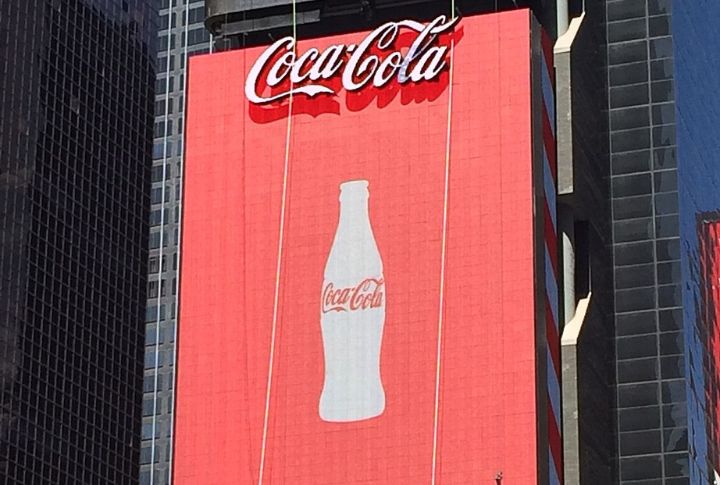
Bright lights, prominent advertising. Coca-Cola was among the first companies to create a billboard in Times Square, New York. The brand recognized early on that prime real estate in the heart of the city would keep it in the public eye. Decades later, it’s still there.
Mexican Coke Tastes Different From U.S.
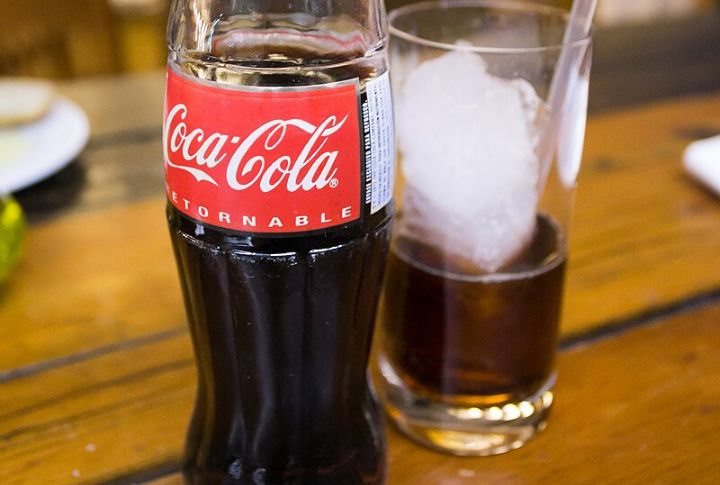
Fans swear by it. Mexican Coca-Cola, often called “Mexican Coke,” is made with cane sugar instead of high-fructose corn syrup. The result? A slightly smoother, more natural sweetness. Many people believe it tastes better, leading to a cult following and high demand outside of Mexico.
Coca-Cola Once Made A Coffee Version
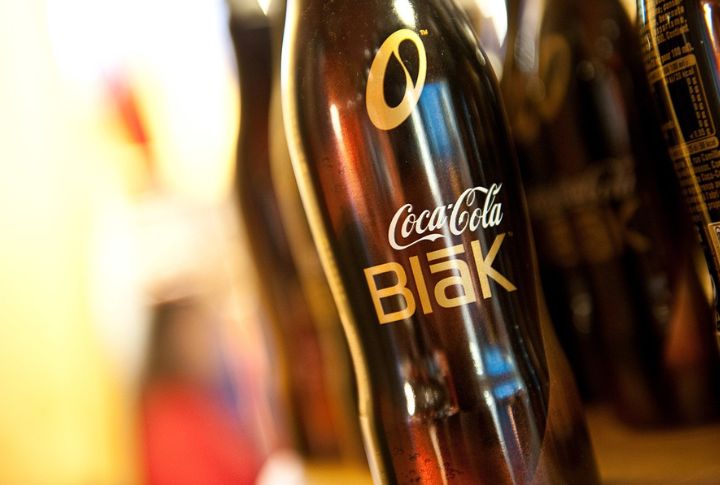
Before Starbucks ruled the world, Coca-Cola tried its hand at coffee. In 2006, they launched Coca-Cola BlaK, a coffee-infused soda meant to capture both markets. It flopped and disappeared within two years. Years later, the company made a comeback with Coca-Cola with Coffee, which found a more welcoming audience.
The First Coupons Were For Coca-Cola
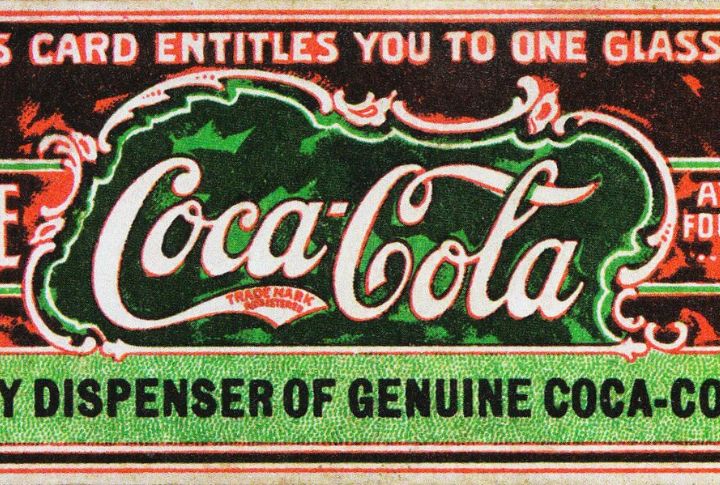
The concept of a coupon? Coca-Cola had a major hand in that. In 1888, the company issued paper slips offering free drinks to attract new customers. It worked. People lined up to redeem them, and the idea of product coupons took off, forever changing marketing strategies.
Billions Of Bottles Are Sold Yearly
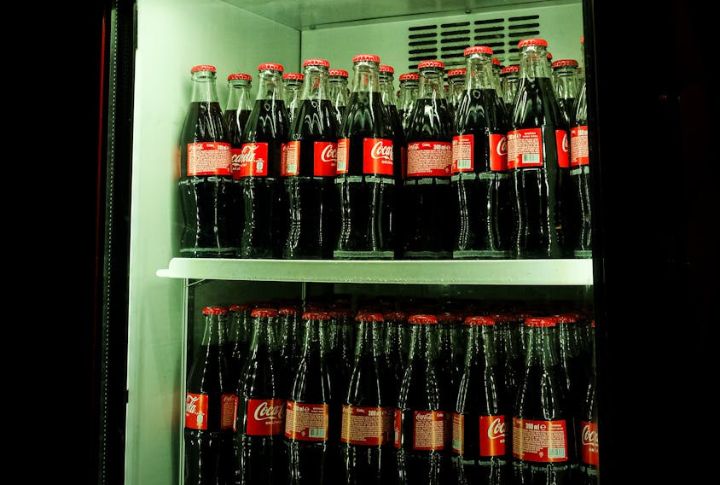
Few products dominate the market, like Coca-Cola. Every single day, over 1.9 billion servings of Coca-Cola beverages are consumed worldwide. Nearly a quarter of the planet is cracking open a Coke on any given day. With numbers like that, it’s no wonder the brand is everywhere.
Coca-Cola Created The Iconic Polar Bears
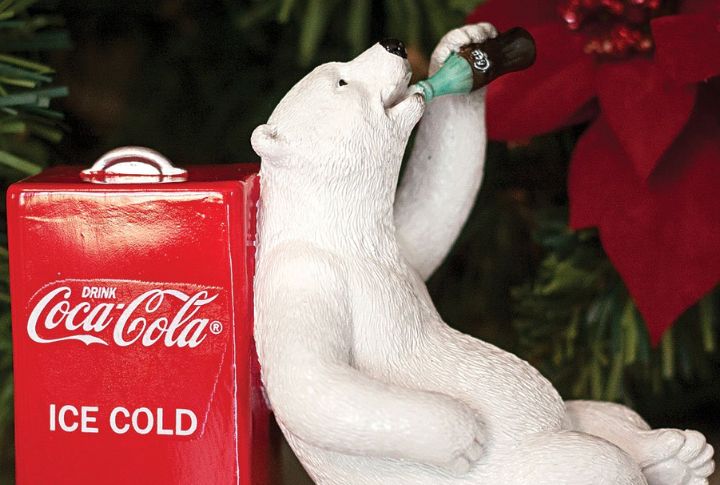
Warm holiday vibes meet icy-cold refreshments. Coca-Cola introduced its now-famous animated polar bears in a 1993 commercial, and they quickly became an iconic part of its branding. The cuddly bears, set against the snowy image, struck a nostalgic chord to ensure their spot in the brand’s long-running history of memorable ads.
The Brand Is Recognized Worldwide
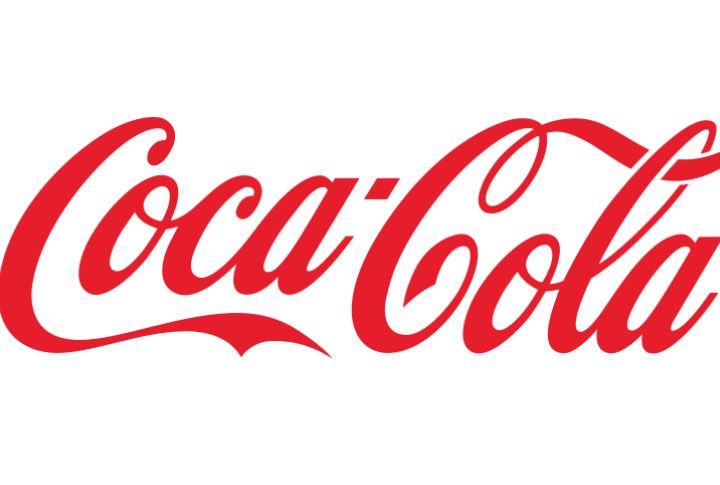
No matter where you go, Coca-Cola is there. The company claims that its logo is one of the most recognized symbols on Earth, with “Coca-Cola” being one of the most understood words worldwide, right up there with “OK.” Few brands can claim that level of cultural impact.
Leave a comment